SUMMARY
- The secondary screen at Questa Mine was underperforming due to poor panel layout, excessive plugging, and low open area.
- Inefficiencies upstream caused blinding and overloaded the tertiary system, affecting throughput and wear life.
- Polydeck Screening Experts retrofitted the screen with PIPETOP™ stringers and modular RUBBERDEX® media, including slotted and VR panels.
- Screen efficiency improved by 50%, open area increased from 20% to 36%, and throughput exceeded 1000 TPH.
- Crusher feed was reduced to 950 TPH, decreasing wear and improving downstream control—all without changing structural components.
Inefficient Screen Layout Can Cascade Through the Crushing Circuit
In open circuit configurations, screening inefficiencies can quickly overwhelm downstream systems. When screen media is poorly suited to the material or layout isn’t optimized for flow, operations can suffer from excessive plugging, reduced open area, and overloaded crushers.
These upstream bottlenecks limit plant throughput, accelerate equipment wear, and make it harder to control product sizing.
The Challenge: Plugging, Low Open Area, and Tertiary Overload
At Questa Mine, the concentrator’s tertiary crushing and screening circuits were overwhelmed by excess material flow. Screen inefficiencies at the secondary screen were identified as the primary cause of blinding, low throughput, and downstream system strain.
Key findings included:
- Top deck open area was limited to 20%–30%, with heavy plugging
- Bottom deck open area capped at 20%
- Bottom deck slots were oriented against material flow
- Rounded slot corners contributed to material buildup and blinding
- Crusher feed was receiving excess load due to ineffective screening
The screen media lacked both durability and flow efficiency, setting off a chain reaction of performance issues.
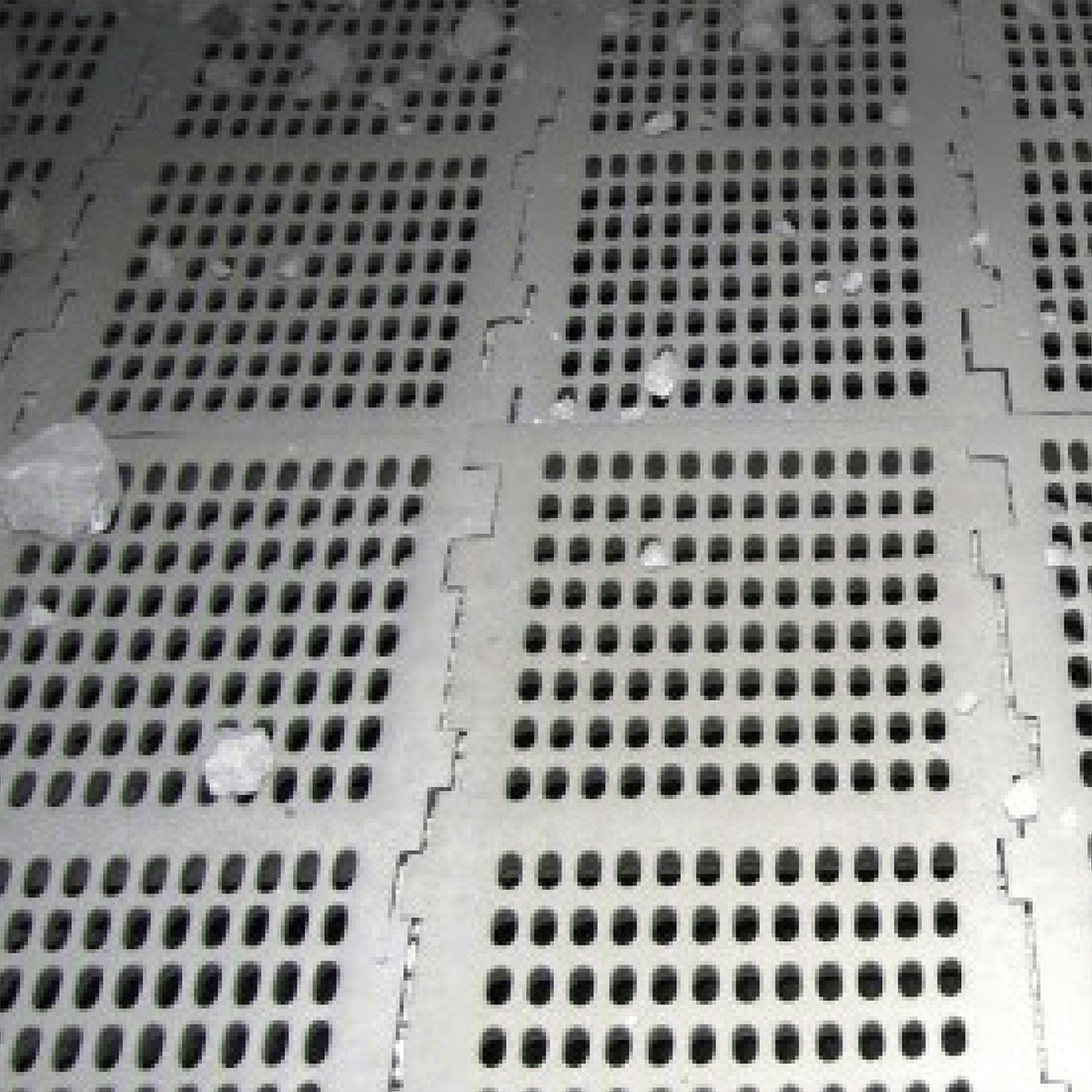
The Solution: Structural Conversion and Modular Media Upgrade
Polydeck’s Screening Experts converted the secondary screen’s support system by installing PIPETOP™ stringers, enabling a modular layout and smarter media selection.
The team followed with a targeted installation of RUBBERDEX® slotted and RUBBERDEX® VR panels, designed to optimize wear resistance and material flow:
Top Deck:
- Heavy-duty slotted panels with low open area in the feed zone to absorb high wear
- Standard-duty VR panels with high open area in the discharge zone to reduce plugging and promote flow
Bottom Deck:
- Slotted panels oriented with the direction of material flow
- Replaced competitor panels with rounded slots that faced against the flow
All slotted panels used a 3:1 slot length ratio, ensuring efficient material passage without compromising wear life.
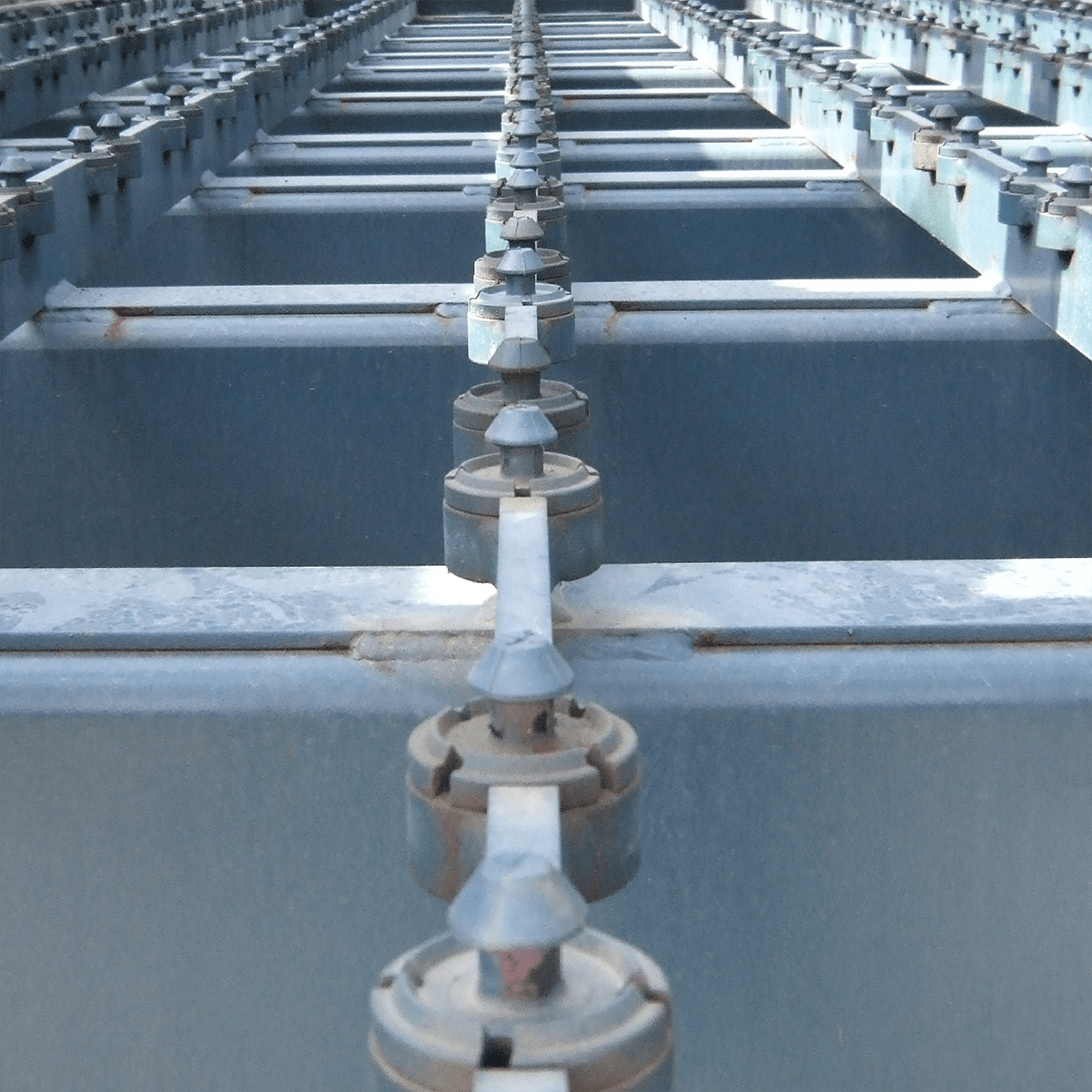
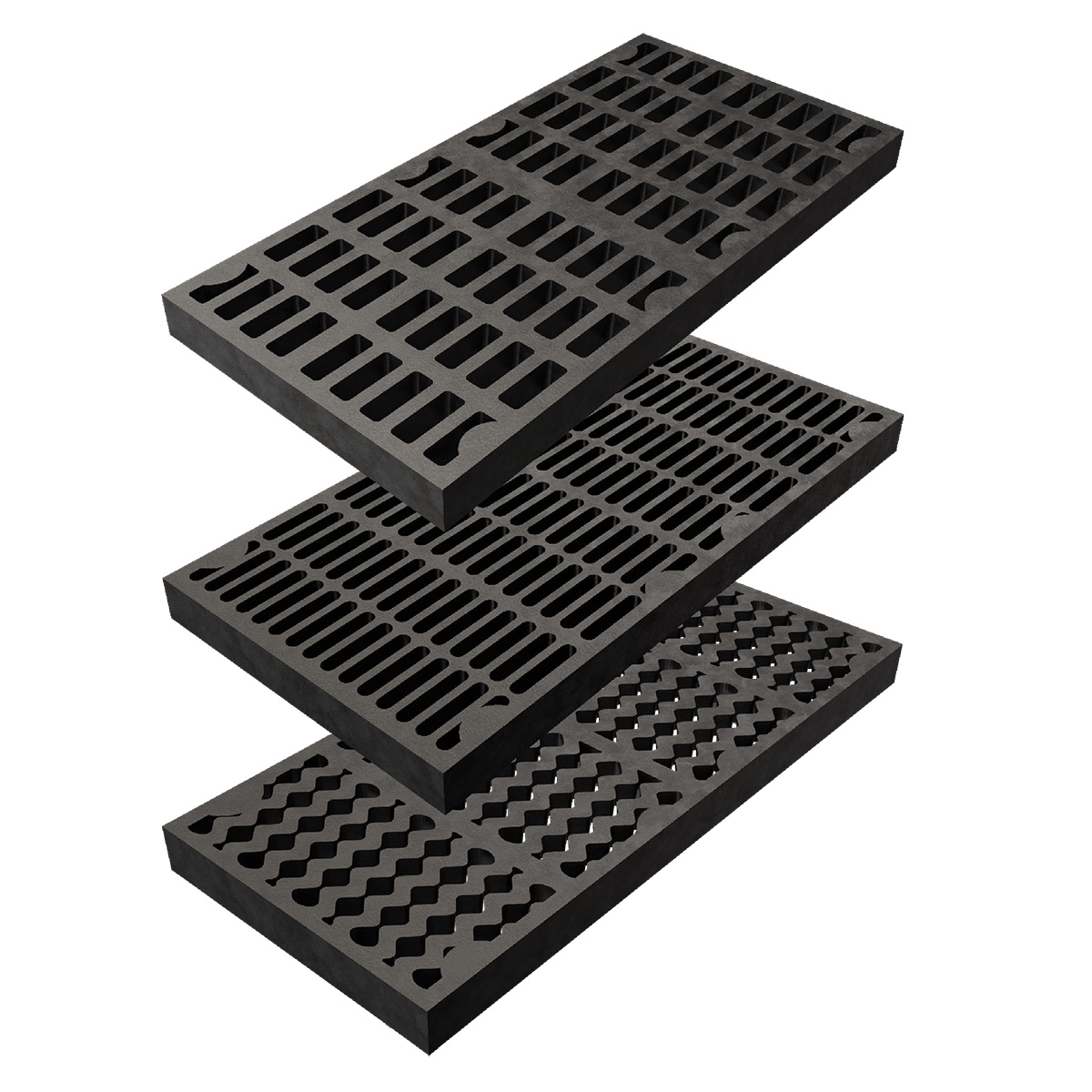
The Results: More Open Area, Higher Throughput, and Less Wear
This modular conversion delivered measurable improvements site-wide:
- Screen efficiency improved by 50%
- Open area increased from 20% to 36% per deck (an 80% increase overall)
- Throughput exceeded 1000 TPH
- Crusher feed was reduced to 950 TPH, easing load and wear
- Wear life improved for crusher bushings and manganese liners
- Changeout frequency and screen-related downtime were significantly reduced
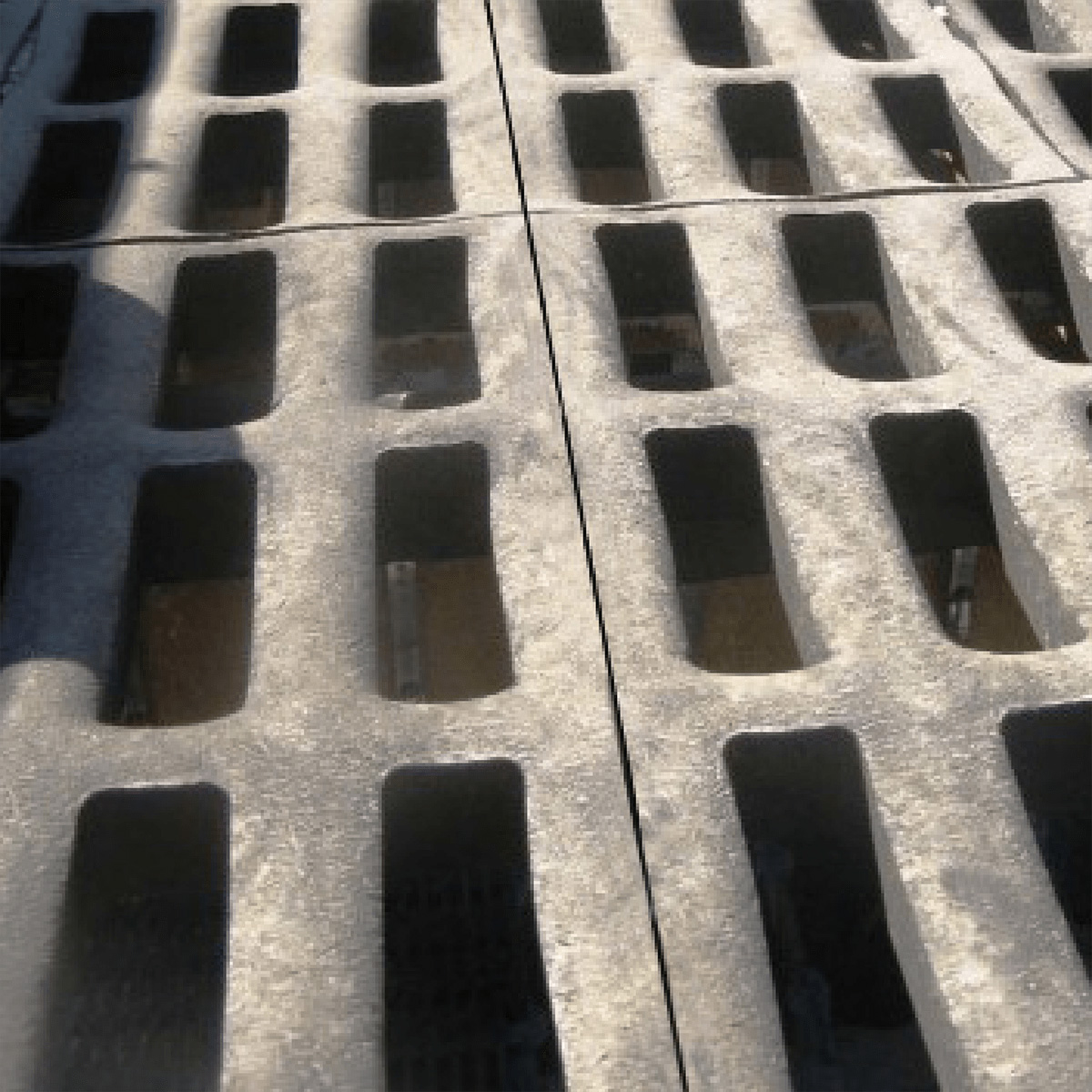
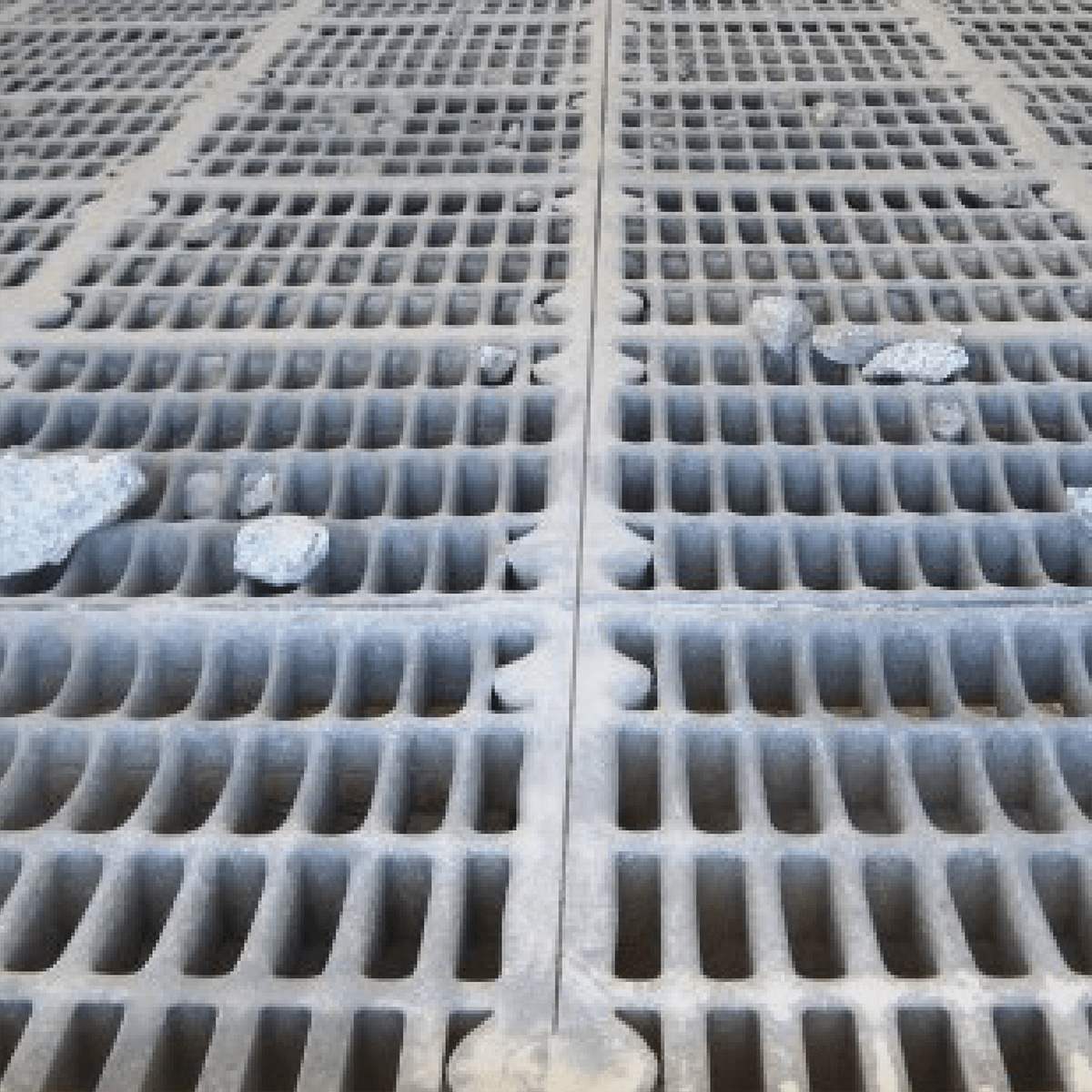
Why It Worked: Flow-Aligned Media Prevented Plugging at the Source
The success of the conversion hinged on slot orientation, aperture design, and material movement. By aligning slotted apertures with material flow and using a 3:1 slot length ratio, Polydeck’s modular solution reduced the chance of material lodging in the panel openings. In the discharge zone, VR panels introduced secondary motion, helping to clear material buildup and maintain open area. Together, these changes eliminated the plugging that had been choking screen capacity and overloading the rest of the circuit.
Frequently Asked Question
How does plugging at the screen affect overall circuit performance?
Plugging reduces the effective open area of the screen, limiting throughput and allowing more material to bypass proper classification. This can overwhelm downstream crushers, increase wear on liners and bushings, and reduce control over particle sizing. Addressing plugging at the screen helps restore circuit balance, protect equipment, and increase overall screening efficiency.
